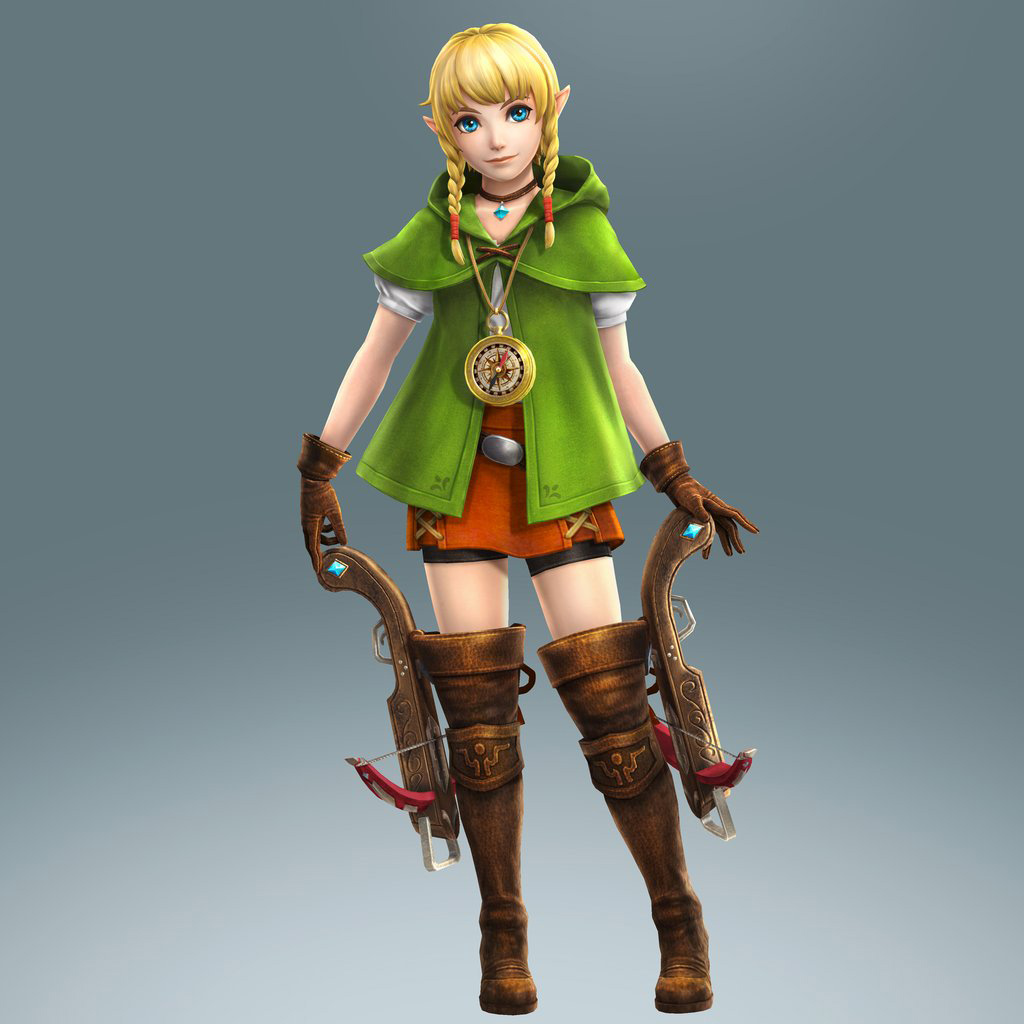Linkle a step backwards for women in gaming
By Emilie Medland-Marchen, November 26 2015 —
Nintendo announced their newest addition to the Legend of Zelda universe last week. Linkle, the female version of, the series’ main character, was revealed as a playable character in the upcoming Zelda-spinoff game Hyrule Warriors 3DS.
Introducing Linkle to the Hyrule Warriors series brings with it a slew of implications, as series canon is very important to fans. According to an interview with series creator Eiji Aonuma in June 2014, Hyrule Warriors is canonical, but its events take place in an alternate universe within the official Zelda timeline.
If Hyrule Warriors is part of the Zelda universe, that means its characters are part of the canon. And that means it’s safe to assume Linkle, if well-received by players, will be included in future Zelda installments.
Although this character was created by Nintendo to add greater female representation to the series, it comes across as a lazy attempt to create a female version of Link instead of a dynamic, playable character.
This would be more reasonable if the series was lacking a strong female character to begin with. But one character — the eponymous Princess Zelda — has played a key role in the games since their inception.
There’s been a recent push within the series’ fanbase to provide Zelda with a larger role, or even her own game. A small but vocal group of fans have flooded the Internet with thinkpieces and petitions about the lack of female representation in the games, while popular feminist YouTuber Anita Sarkeesian has spoken out about why reducing female roles in Zelda games is problematic.
Nintendo’s response to fans may seem genuine, but it’s nothing more than a half-hearted attempt to address criticisms about the lack of female representation in video games. Incorporating superficial characters like Linkle is arguably worse than simply leaving female characters out of games, because they serve as a catch-all for feminist critique instead of a genuine attempt to address sexism in gaming.
Nintendo can now point to Linkle’s creation as an example of women’s representation in video games, while Zelda can continue to act as a plot device in the newer games while maintaining her damsel in distress role instead of becoming a three-dimensional character.
It’s a shame, because Zelda’s character has so much potential. She played a key role in the N64 classic Ocarina of Time, helping Link and protecting the land of Hyrule. But the creation of Linkle marks a significant step backwards for the character and the series.
As it stands now, Zelda straddles the line between a helpless damsel and a fully developed character. There’s no reason why she can’t hold her own in an independent game and there’s no reason why Nintendo can’t invest more in her character. But with the creation of Linkle, they won’t have to.

